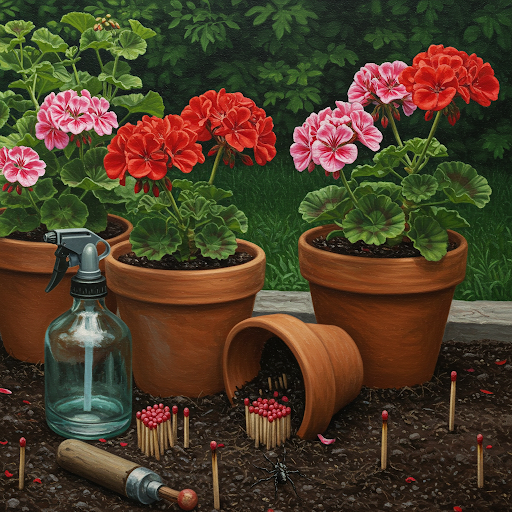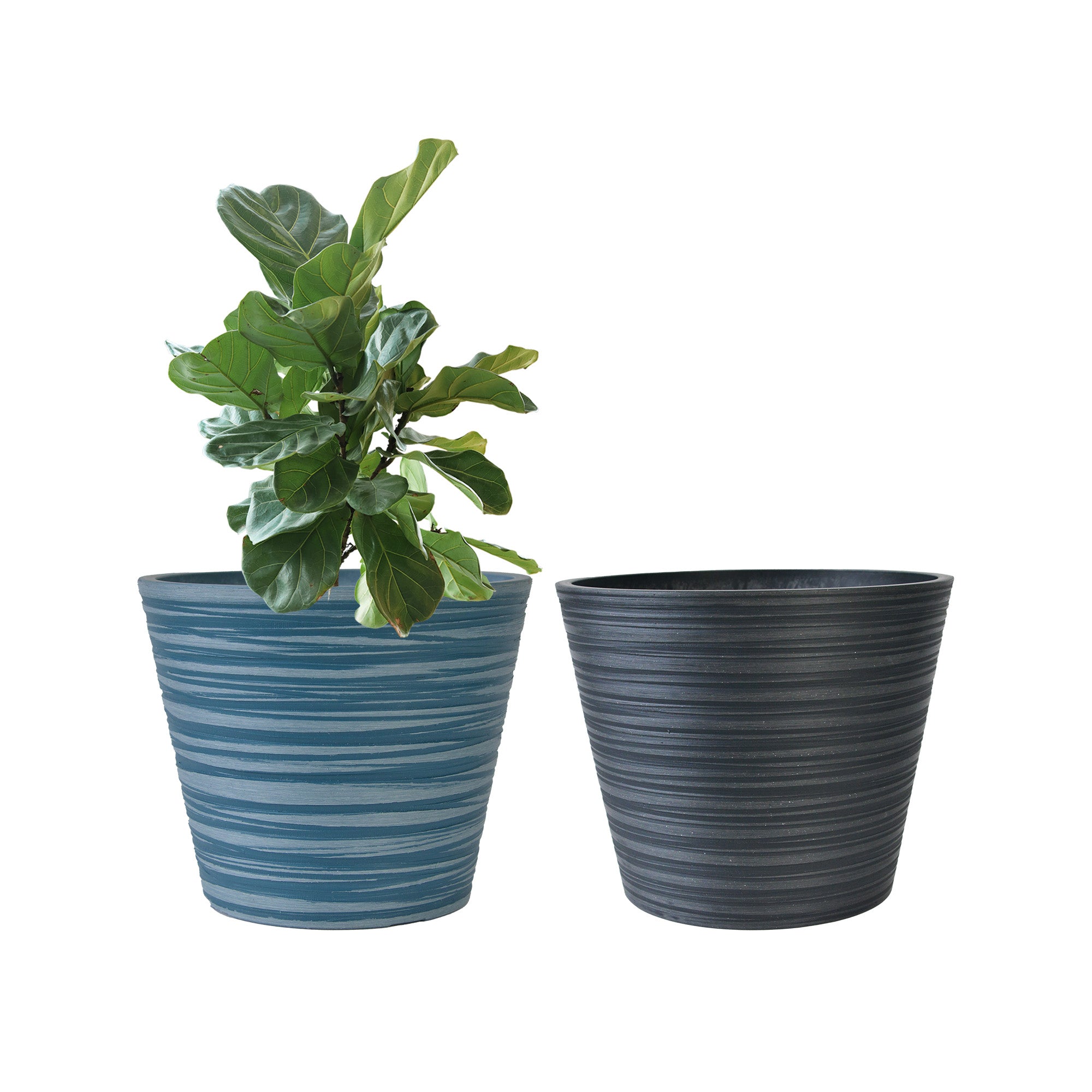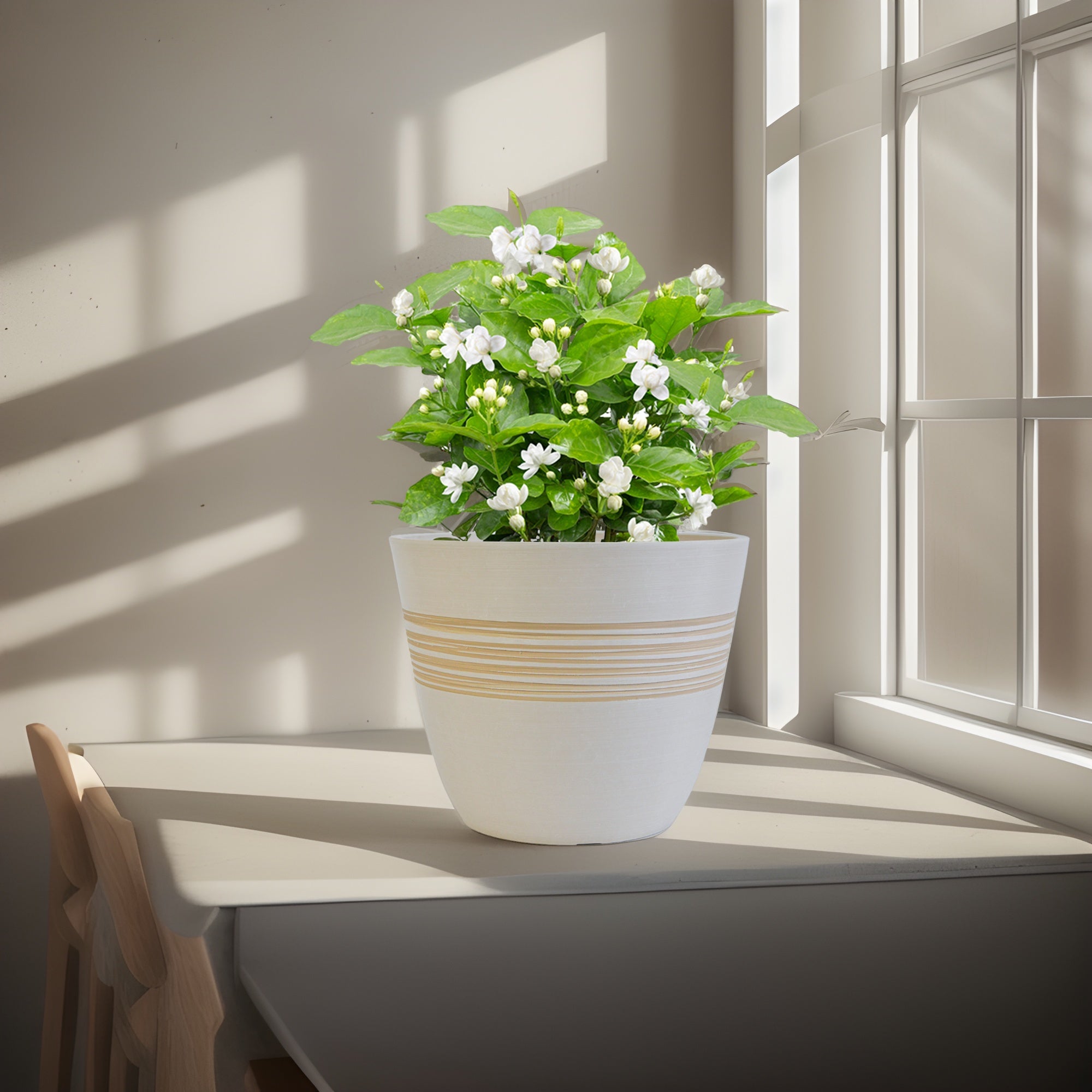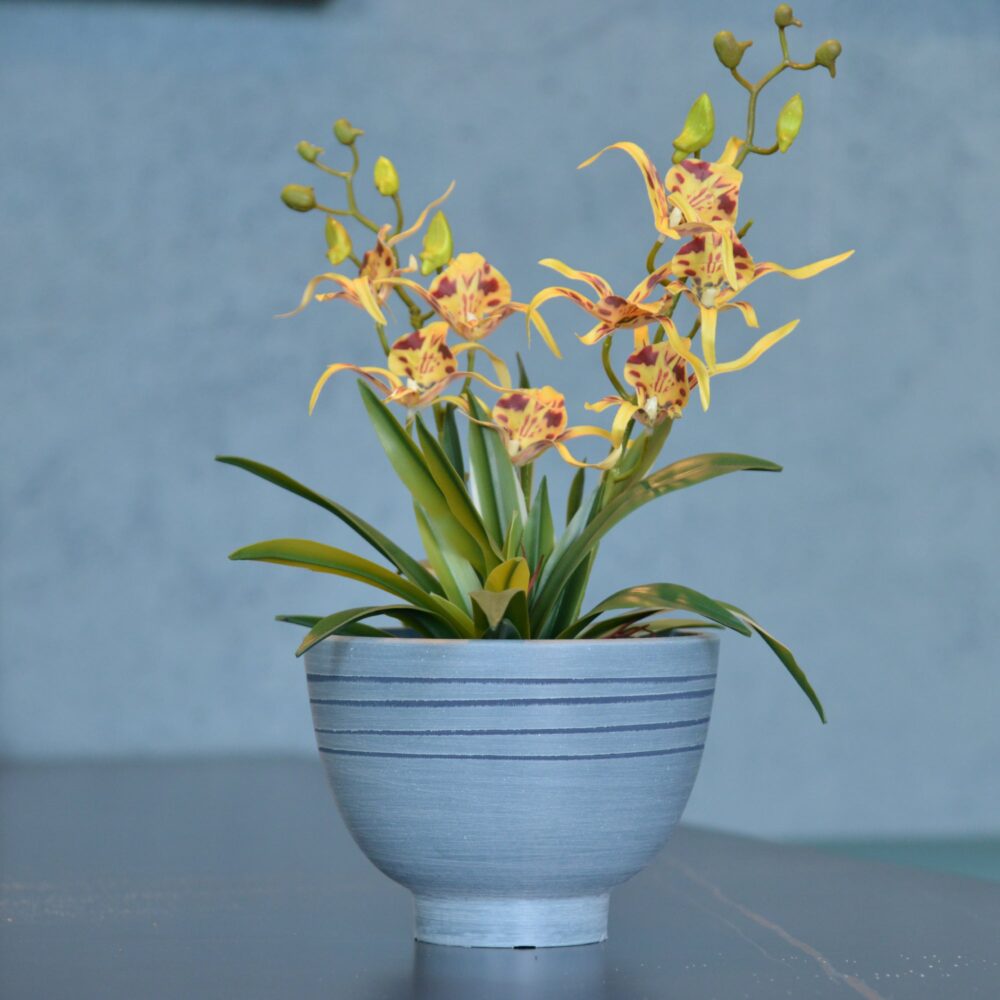Say Goodbye to Gnats! The Natural Matchstick Solution for Pest-Free Plants + Geranium Care
Are you frustrated by those tiny, annoying gnats buzzing around your beloved houseplants? You’re not alone! Many plant enthusiasts struggle with these pesky insects and their larvae that can infest potting soil. Today, we’re excited to share some highly effective, natural methods to help you achieve a gnat-free environment for your precious plants, along with bonus tips for keeping your geraniums thriving and blooming beautifully.
One gardener recently discovered a surprising trick using ordinary matches, and the results were so impressive, they couldn’t wait to share! Let’s dive into this ingenious solution and other natural ways to care for your plants.
The Matchstick Magic: A Natural Gnat Eliminator
One of the simplest and most effective ways to tackle gnats is by using matchsticks. Yes, you read that right! Many plant lovers are unaware of the benefits that matches can offer their green companions. They can help deter insects and prevent infestations.
Here’s what you need to do:
- Grab a few matchsticks (the kind with sulfur on the tip).
- Insert them into the soil of the affected plant, with the sulfur-coated head facing downwards.
- Use approximately 4-5 matchsticks for each pot, depending on its size.
As the sulfur slowly dissolves into the soil with watering, it acts as a natural deterrent to gnats, discouraging them from laying eggs. This method is reported to be very effective, and many gardeners swear by it for keeping their indoor plants gnat-free!
The Matchstick Infusion: A Powerful Solution for Gnats and Larvae
Another excellent way to eliminate gnats and their larvae is by preparing a match-infused water solution. This method is equally potent and can provide quick results.
Here’s how to prepare it:
- Take half a liter of water (about 2 cups).
- Drop an entire pack of matchsticks into the water.
- Let them soak overnight, allowing the sulfur to fully dissolve into the water.
- The next day, use this water to irrigate the soil of your affected plants.
This method is said to work wonders in killing gnat eggs and larvae that might be hiding beneath the soil surface. For best results, repeat this treatment every 10-15 days if necessary, being mindful not to overwater your plants.
Why Do Gnats Love Our Plants?
Gnats and other small pests often thrive in moist soil conditions. When we use a mix of garden soil and potting soil, especially for plants like geraniums that prefer consistent moisture, the damp environment can create an ideal breeding ground for these insects. As we keep the soil consistently moist to encourage healthy plant growth, gnats are naturally attracted to it. Their eggs hatch, and the larvae begin to develop in the soil, potentially damaging the plant’s roots and hindering its growth if left untreated.
However, by using the matchstick methods mentioned above, you can effectively and naturally get rid of these unwanted guests.
Extra Tips for Thriving Geraniums
Let’s shift our focus to geraniums, beautiful flowering plants that can brighten any space. Proper care is essential for keeping them happy and encouraging abundant blooms. Here are some key tips:
1. Nutrient-Rich Soil:
While geraniums don’t require highly specialized soil mixes, they do prefer good quality, well-draining soil with a good amount of peat moss. This ensures proper aeration and moisture retention without becoming waterlogged.
2. Iodine-Rich Fertilizer:
Geraniums are known to benefit from iodine-based nutrients. You can prepare homemade fertilizers using:
- Fruit Teas: Brew a weak tea from fruit scraps (like banana peels – a great source of potassium too!) and use it to water your geraniums.
- Onion Peel Solution: Boil onion peels in water, let it cool, and then use the strained water as a fertilizer. This is rich in various minerals.
- Garlic-Infused Water: Soak a clove of garlic in water overnight and use the water to feed your plants. Garlic is also known to have natural pest-repelling properties.
- Garlic Clove in Soil: Try placing a clove of garlic directly into the soil near your geranium. This can act as a natural pest deterrent.
Providing your geraniums with an iodine-based solution once a month can help enhance flowering and overall plant health.
3. Phosphorus for Blooming:
To encourage abundant blooms, feed your geraniums with a fertilizer that is rich in phosphorus. Natural sources include:
- Potato Peel Water: Grind the peels of a whole potato, mix them with a liter of water, let it sit for a while, strain, and then use the water to irrigate your plants.
- Wood Ash: Add one tablespoon of wood ash to a liter of water, stir well, and use it to water your geraniums. Wood ash is a fantastic natural source of essential minerals, including phosphorus and potassium. Note: Use wood ash sparingly as it can increase soil alkalinity.

These nutrients are not only beneficial for geraniums but can also promote flowering in various other indoor plants, including African violets and orchids.
By following these care tips and utilizing natural solutions like the matchstick trick and homemade fertilizers, you can ensure your geraniums thrive and bloom beautifully throughout the season, while also keeping your other houseplants pest-free. Embrace these natural methods for a healthy and happy indoor garden!
Modern Plant Pots丨Planter for Indoor Plants,8 inch or 10 inch Plant Pots with Drainage Hole,Decorative Flower Pots
By greenship-seo|2025-04-10T08:32:55+00:00January 7, 2025|Categories: Hand-carving Series|Tags: Decorative Flower Pots, Self-Watering Pots|
Planter 5 in W / 8 in W / 12 in W or Indoor Outdoor Plants, Modern Decorative Plant Pots with Drainage Hole, Decorative Flower Pots
By greenship-seo|2025-04-10T06:37:58+00:00January 16, 2025|Categories: Hand-carving Series|Tags: Decorative Flower Pots|
Planter for Indoor Outdoor Plants, Set of 2 Modern Decorative Plant Pots with Drainage Hole, Decorative Flower Pots
By greenship-seo|2025-04-10T07:46:01+00:00January 9, 2025|Categories: Hand-carving Series|Tags: Decorative Flower Pots, Self-Watering Pots|
20VD
By greenship|2024-08-13T06:43:41+00:00August 13, 2024|Categories: Hand-carving Series|
8 inch/10 inch Planter Indoor Plants, 2 Pack Modern Decorative Plant Pots with Drainage Hole, Cute Bowl Shape Flower Pots
By greenship-seo|2025-04-10T08:03:42+00:00January 9, 2025|Categories: Hand-carving Series|Tags: Decorative Flower Pots, Self-Watering Pots|
KC3-14A
By greenship|2024-08-16T06:26:30+00:00August 16, 2024|Categories: Hand-carving Series|







